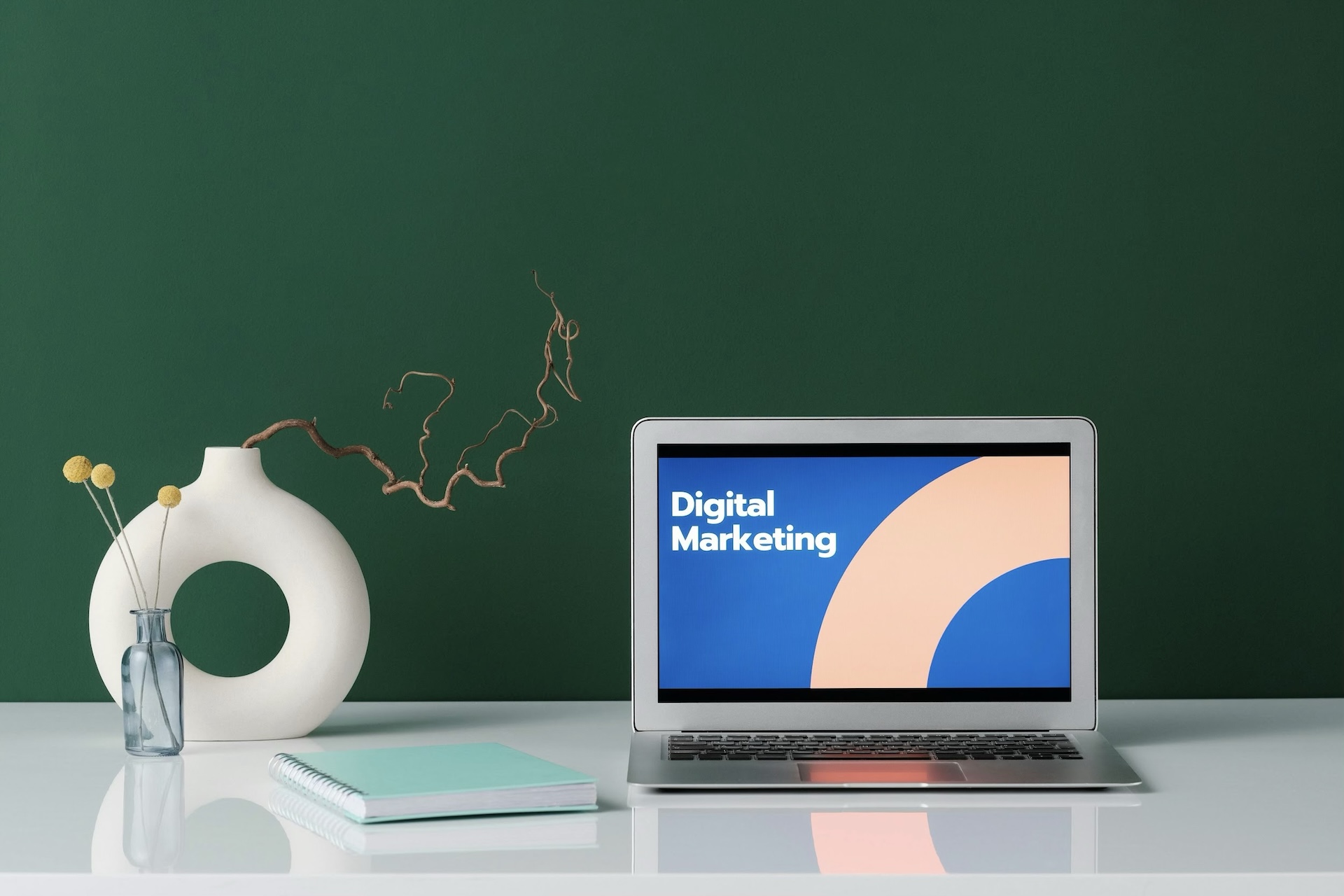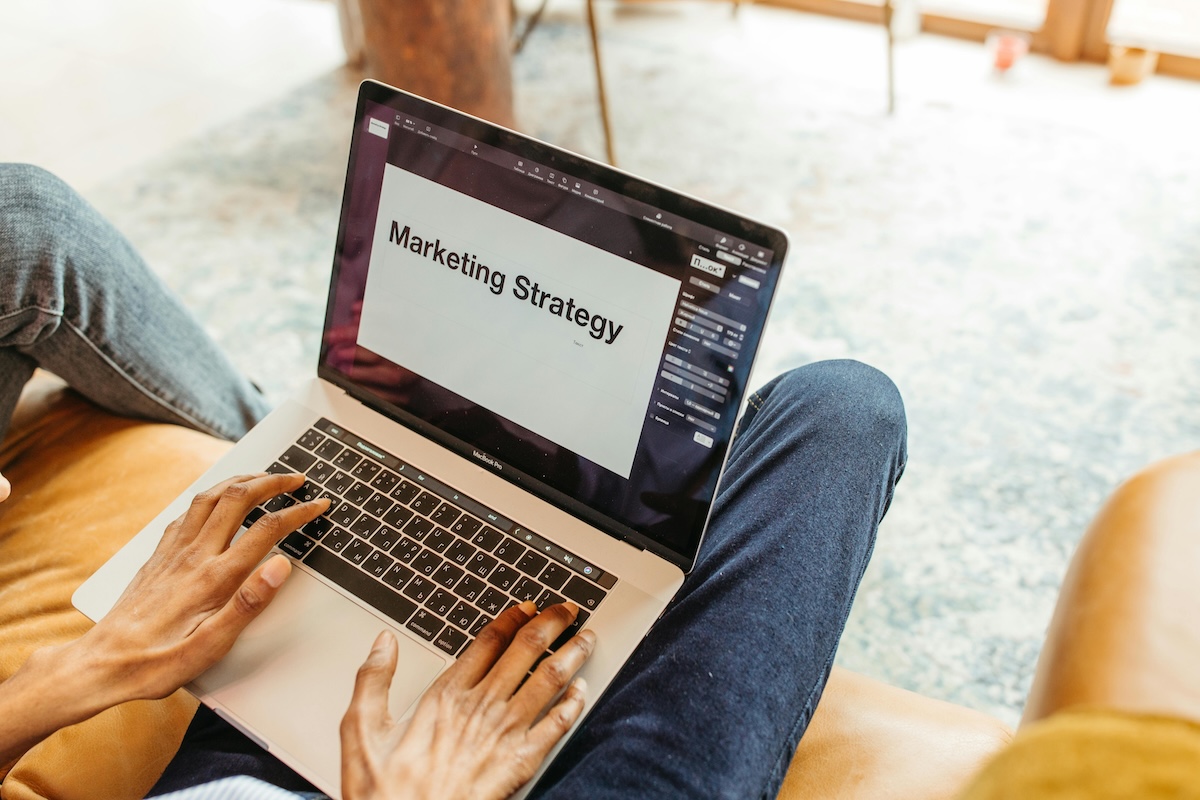
You've got the business idea. You've created the product. You know you've got a target market. But then what? These days, when it comes to live commerce and social media advertising, simply showing up isn't enough. You need to make people notice you by meeting them where they are: online.
That’s where digital marketing comes in. The term might sound a little intimidating, but this guide is made specifically for beginners. We’ll skip the jargon and go straight to the good stuff: what digital marketing is, why it’s a must for modern businesses, and how you can use it to grab your audience and build your presence online.
No matter your goals, this beginner’s guide to digital marketing will give you the tools and confidence to get started.
What Is Digital Marketing?
Digital marketing is when businesses promote their products or services on the Internet. They use websites, social media, email, search engines, and apps to connect with people and showcase what they offer.
For example, fashion brands using Instagram to present their latest collections, or copywriting services sending promotional emails to subscribers, are both forms of digital marketing.
It’s easy to spot the difference between digital and traditional marketing. Traditional methods include print advertisements, billboards, TV commercials, and direct mail. While these can still work, they’re often more expensive and have a more limited reach.
Digital marketing, on the other hand, offers key benefits like better targeting, real-time tracking, and direct interaction with customers. It’s an essential strategy for staying relevant and easily connecting with your audience.

Why Digital Marketing Matters for Modern Businesses
Digital marketing gives businesses visibility and reach that traditional marketing can’t match. These factors are game-changers today:
Enhanced Visibility
Digital marketing puts your business in front of a massive audience. Search engines, social media, and other online channels make it easier for your brand to be discovered by potential customers anywhere in the world.
For instance, if someone searches “best eco-friendly products” on Google and your website is well-optimized for those keywords, they’ll find your products, no paid ads required. Today, visibility is everything.
Broader (But also Targeted) Reach
Geography no longer limits your reach. With digital marketing, you can connect with people well beyond your local area.
Even better? You can tailor your efforts to reach specific demographics, interests, and behaviors. This ensures your message is seen by the right people at the right time.
Cost Efficiency
According to SEMrush, digital marketing can cost less than traditional marketing—and boost revenue by nearly 110% when done right. That said, experts recommend allocating 10–20% of your revenue toward digital marketing for the best results.
Still, it’s true that businesses of all sizes can create effective campaigns with smaller budgets, often seeing a higher return on investment.
Tools like Google Ads and Facebook Ads let you set your own budget and monitor campaigns in real time. This flexibility helps you get the most value from your marketing spend.
Core Channels in Digital Marketing
Digital marketing works through several powerful channels, each with unique strengths. Here’s a quick breakdown:
SEO (Search Engine Optimization)
SEO is about helping your website rank higher in search results. By optimizing things like keywords, page structure, and content quality, you can attract free, organic traffic to your site.
When someone searches for products or services like yours, good SEO helps ensure they find you—without paying for ads.
Content Marketing
Content marketing is all about creating useful, engaging content that attracts and retains your audience. This includes blog posts, videos, podcasts, and infographics.
The goal? Provide value, solve problems, answer questions, and build trust—not sell outright.
A strong content strategy positions your brand as a go-to expert. And when people trust you, they’re much more likely to buy from you.
Email Marketing
Email marketing remains one of the most personal and direct ways to reach your audience. Whether it’s a helpful newsletter, exclusive deals, or personalized messages, email keeps your brand top of mind.
It’s a powerful tool for nurturing relationships, encouraging repeat business, and moving leads closer to conversion. Bonus: it’s easy to track open rates, clicks, and more—so you can refine your strategy over time.
Social Media Marketing
Social platforms like Instagram, Facebook, LinkedIn, and X (formerly Twitter) help you connect with your audience. They’re great for sharing updates, running promotions, providing customer support, and building brand loyalty.
Social media gives your brand a voice and a personality. It humanizes your business and helps you create real relationships with your customers.
Paid Online Advertising (Google Ads, Social Media Ads)
Paid ads help you get in front of your ideal customer quickly. Platforms like Google Ads and Facebook Ads allow for precise targeting based on location, age, interests, behavior, and more.
Whether you’re boosting a single post or running a full ad campaign, paid advertising is a fast and scalable way to increase traffic, visibility, and conversions.
How Beginners Can Get Started
Digital marketing can feel overwhelming, but you can start strong by following these tips:
Use the Right Tools
Platforms like Google Analytics, Mailchimp, and Hootsuite simplify your efforts. Track performance, send emails, and manage social media from one dashboard. These tools help you make smarter decisions and improve results over time.
Later, you can explore more advanced tools like SEMrush or even develop a custom mobile app.
Start Small, Measure Everything
You don’t need a huge campaign to succeed. Start with one focused initiative, like optimizing your website’s SEO or posting consistently on one social platform.
Track your results. Use built-in analytics to see what’s working and adjust accordingly. Data-driven tweaks are the secret to steady, measurable growth.
Keep Learning
The digital world changes fast. Algorithms shift, trends evolve, and new tools emerge constantly. Stay current by reading blogs, joining webinars, and taking online courses.
There’s always more to learn, and staying informed gives you an edge over the competition.
Final Thoughts: Embracing the Digital Shift
Digital marketing isn’t optional anymore; it’s essential for any business that wants to grow. In this guide, we covered what digital marketing is, why it matters, and how channels like SEO, content, email, and social media can help you connect with your audience.
Start small. Focus on learning, tracking, and improving as you go. Once you’ve mastered the basics, consider partnering with professional digital marketers like Genius Platforms to sharpen your strategy, expand your reach, and unlock new opportunities in the digital space.

Comments